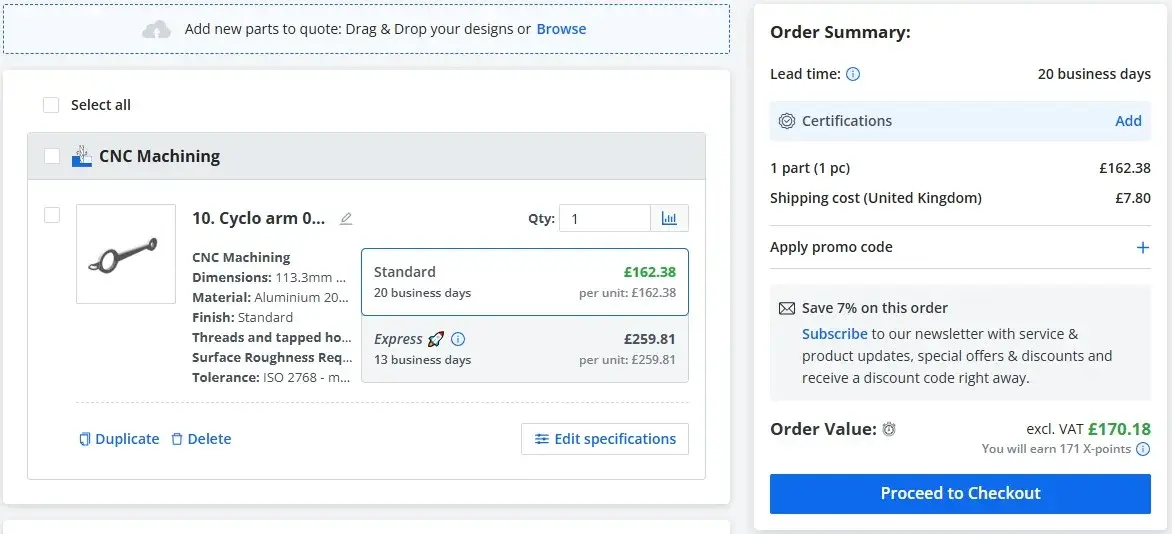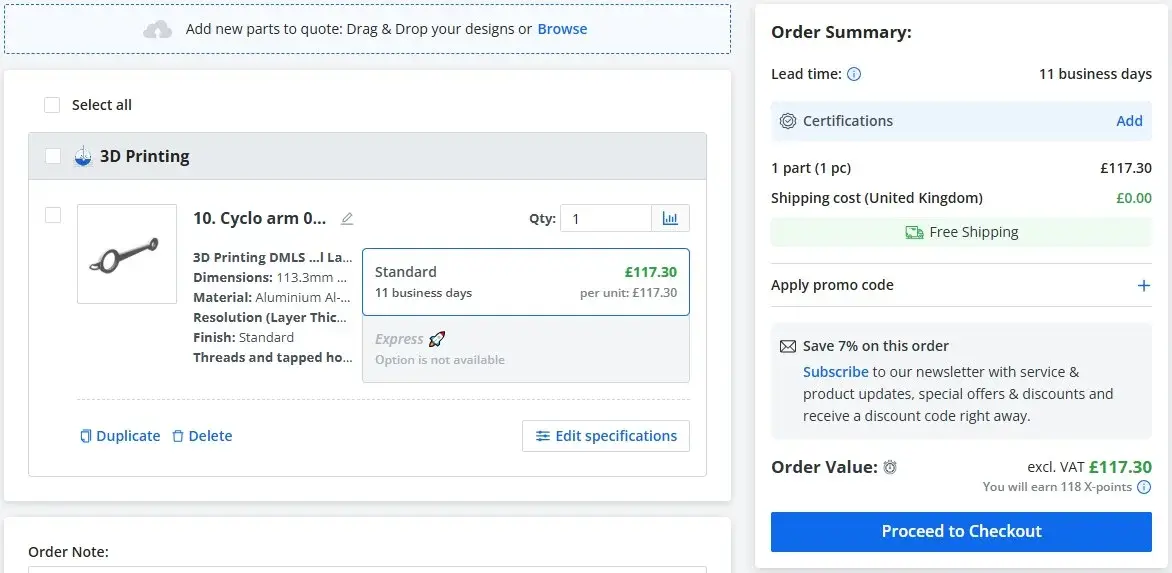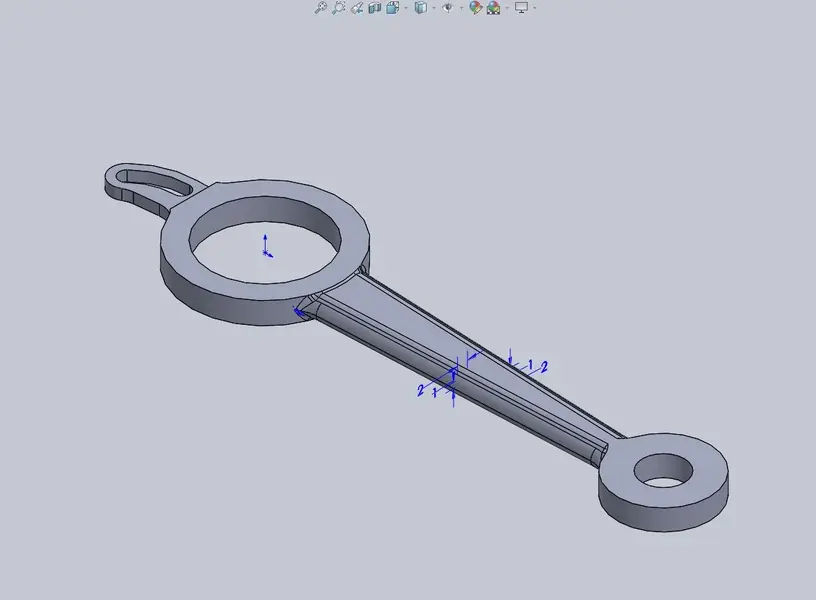You’d kind of think it would be the other way around, with the alloy one being beefed up to account for the additional flex and lower strength of the alloy.
Deleted the technical pre - and post technical stuff because I'm not in that zone. I am in the zone to say Noooooo to the above.
Over and over we see the development of French bikes practically started with nothing on the bones and ride on a wing and prayer.
For me the most fundamental was looking into braking technology. A sordid equation of adding lard with little benefit more-or-less sums it up. Is it any wonder the Mafac centre-pulls by very late 50s eventually conquered the market to slow down these light bikes.
Look at the stems, look at the cranks, look at the rims, actually .... just look at it all. The meat on the bones of some of the steel Randonneurs and Audax is frankly absurd when comparing what came decades after.
The development as I see it was the opposite to start with X and whittle down to Y. Start with Z, perhaps move up to Y.


